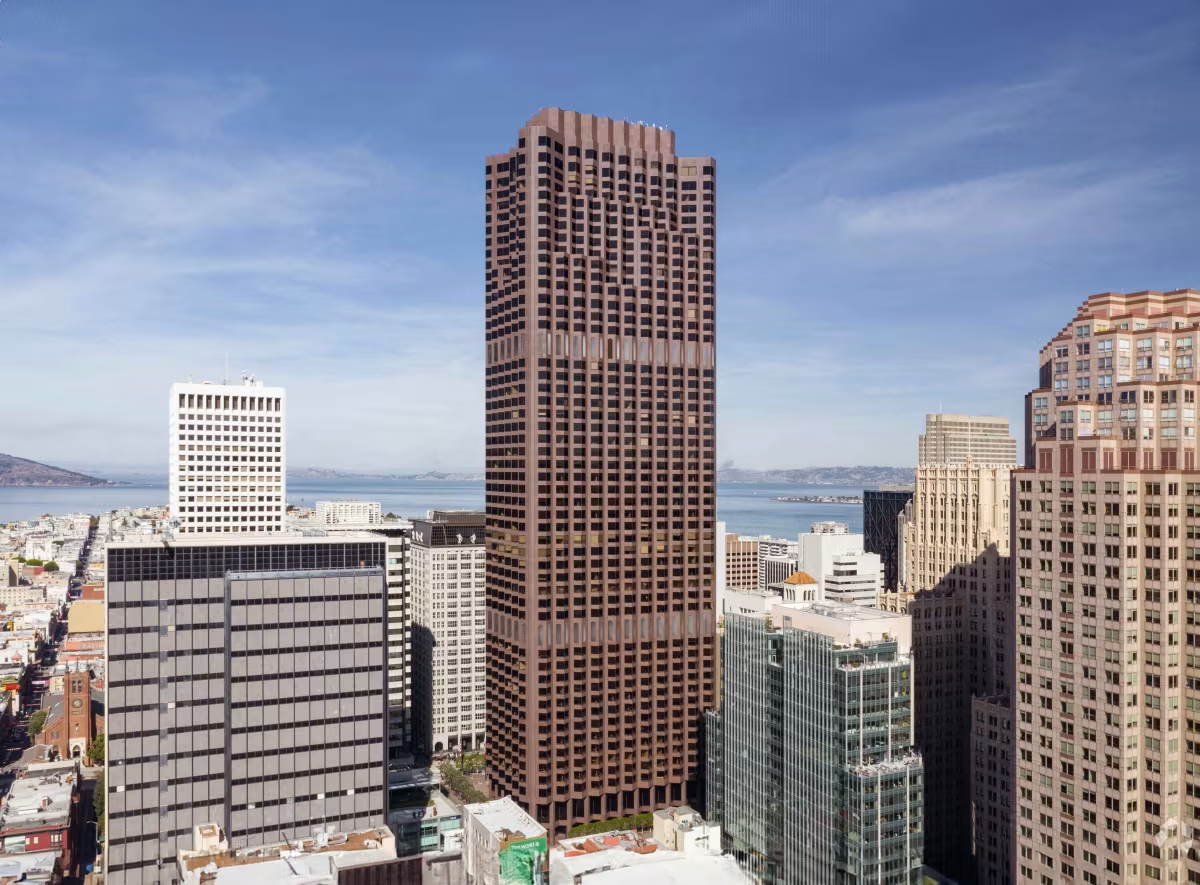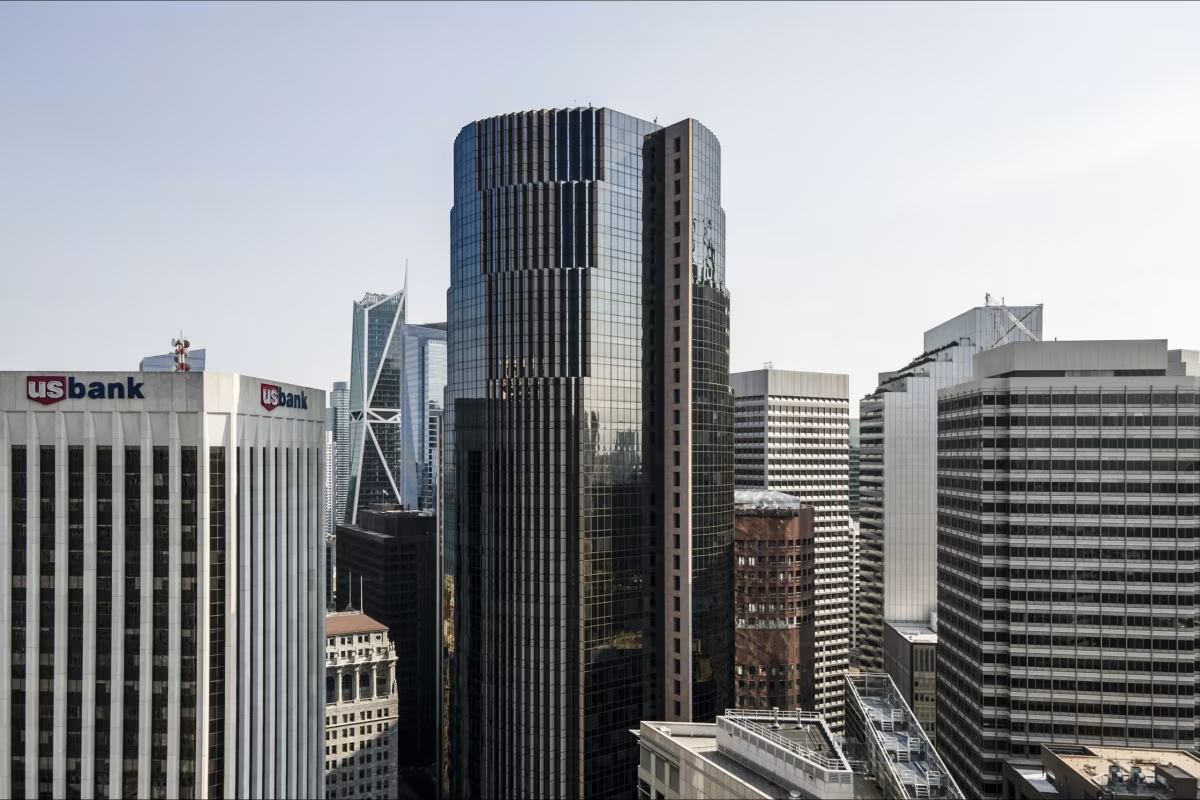555 California Street Building vs 101 California Street Building


Comparing the 555 California Street Building and the 101 California Street Building is interesting because they both rise in San Francisco, CA, yet they were conceived by two different design teams, Skidmore, Owings & Merrill and Johnson/Burgee Architects, and were completed at different points in time. They were finished more than a decade apart.
This contrast within the same city allows us to see how different creative minds interpreted the evolving needs of San Francisco across time.
Let's take a closer look!
Height & Size
The 555 California Street Building is clearly the larger tower of the two, both in terms of height and number of floors. It rises to 778ft (237m) with 52 floors above ground, while the 101 California Street Building reaches 600ft (183m) with 48 floors above ground.
Of course, each project may have faced different briefs or regulatory constraints, which we don't really know about and could also explain the outcome.
Architectural Style
Both the 555 California Street Building and the 101 California Street Building were designed in line with the aesthetic conventions of the Postmodernism style.
Back then, thePostmodernism was still an emerging movement, so both giving it a pioneering role. By contrast, the 101 California Street Building came later, when the style was already more established.
Uses
Both the 555 California Street Building and the 101 California Street Building were designed to serve as commercial towers, and that has remained their main use since their completion, serving similar roles in the urban fabric.
The 555 California Street Building also provides 450 parking spaces.
Structure & Facade
The two towers rely on different structural systems, reflecting distinct engineering strategies.
The 555 California Street Building uses a Framed Tube In Tube structural system, which combines a strong central core with a perimeter tube of columns, while the 101 California Street Building uses a Frame system, that relies on a regular grid of columns and beams to sustain its weight.
Yet, when it comes to their facade, they both employed the same solution, a Curtain Wall facade.
A curtain wall is a non-load-bearing facade hung from the structural frame. It is anchored to floor slabs and transfers only its own weight and wind loads, allowing for sleek, glassy exteriors.
| 555 California Street Building | 101 California Street Building | |
|---|---|---|
| Skidmore, Owings & Merrill | Architect | Johnson/Burgee Architects |
| 1967 | Construction Started | 1979 |
| 1969 | Year Completed | 1982 |
| Postmodernism | Architectural Style | Postmodernism |
| Commercial | Current Use | Commercial |
| 52 | Floors Above Ground | 48 |
| 4 | Floors Below Ground | 2 |
| 237 m | Height (m) | 183 m |
| 38 | Number of Elevators | 24 |
| Framed Tube In Tube | Structure Type | Frame |
| Steel | Vertical Structure Material | Steel |
| Concrete, Steel | Horizontal Structure Material | Concrete |
| No | Facade Structural? | No |
| Granite, Glass | Main Facade Material | Granite, Glass |
| Bank Of American National Trust & Savings Association | Developer | Hines Interests Limited Partnership |
| H. J. Brunnier Associates | Structural Engineer | CBM Engineers |
| CA | State | CA |
| San Francisco | City | San Francisco |
| 555 California Street | Address | 101 California Street |